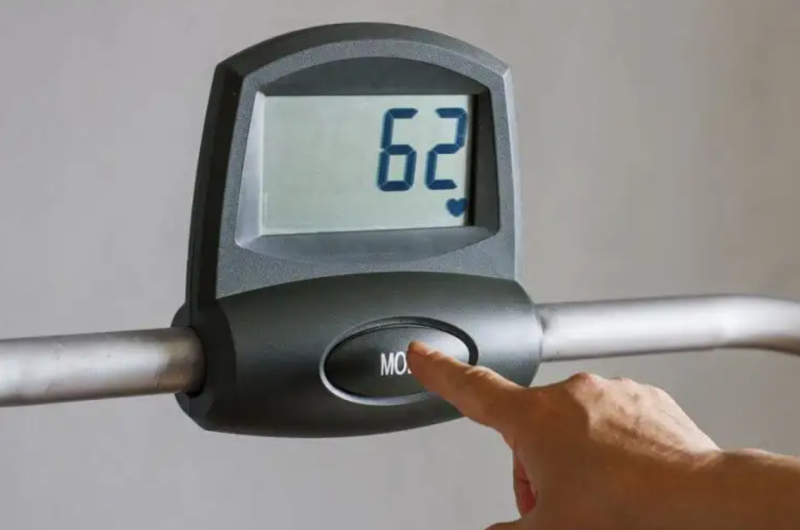
More and more people are using heart rate monitors for training. In practice, if you know how to use them well, they can be a valuable tool to take advantage of the time we dedicate to physical activity and care for our health. Karvonen’s formula can help us a lot in these cases.
The heart rate monitor helps us measure the maximum and resting heart rate. It also calculates the optimal heart rate to withstand a long workout.
However, it is necessary to have some basic concepts to use these devices correctly. In the same way, it is essential to know our body well to get the most out of it.
Karnoven’s formula is, without a doubt, a benchmark for calculating the optimal heart rate for training. Next, we will see some elements to get to know it better.
What is heart rate?
Heart rate is the number of times the heart beats in one minute. This frequency varies from person to person and changes throughout the day, depending on many stimuli.
Heart rate can be measured by counting the number of beats for 15 seconds and multiplying by four. However, the most accurate way to do it is with a heart rate monitor.
A resting heart rate is a person’s minimum heart rate when awake. It usually varies between 50 and 100 beats per minute, depending on each person. Those who train a lot have a lower resting heart rate.
To correctly measure this value, doing it right after waking up or after ten minutes of rest is necessary. It should always be taken on an empty stomach and without having done any intense physical activity before. It is advisable to take the sample for at least three consecutive days to obtain a more precise measurement.

On the other hand, the maximum heart rate is the maximum value at which a heart can beat. This figure is relative and varies from person to person depending on various factors, such as age, heart size, ambient temperature, hydration, etc.
There are several ways to calculate your maximum heart rate, but none are accurate. However, one of the most used formulas is maximum heart rate = 220 – age.
What is the Karvonen formula?
The Karvonen formula is a mathematical formula used to calculate each person’s target heart rate based on the intensity of activity they want to achieve based on their training goals.
This formula allows for determining different ‘training zones.’ This is beneficial for athletes since they can plan their activities based on these areas.
This calculation combines your resting heart rate with your maximum heart rate and the training intensity you aim to achieve. In this way, you set a target heart rate.
Karvonen’s formula is % target heart rate = ( residual heart rate x % intensity) + resting heart rate. The difference between your maximum and resting heart rates is called your residual or reserve heart rates.
For example, to calculate the optimal heart rate for a training intensity of 80% of a person whose maximum heart rate is 200 and the minimum is 50, the values would be: (150 x 0.8) + 50 = 170ppm.
These values we have just seen mean that, to reach a training intensity of 80%, you must call 170 beats per minute.
Heart Rate-Based Workouts
In practice, once the maximum and resting heart rate values are known, the Karvonen formula can be calculated for each person, and training plans based on heart rate can be made.

You can calculate all the intensities you want to reach and create a table with the corresponding heart rate. Experts distinguish five training zones based on power; each coach or athlete will analyze which should be placed.
These zones range from zone one, which implies between 50% and 60% intensity and corresponds to a site for warm-up, rehabilitation, physical conditioning, etc. They reach zone five, with 90% to 100% intensity, corresponding to the maximum effort we can endure.